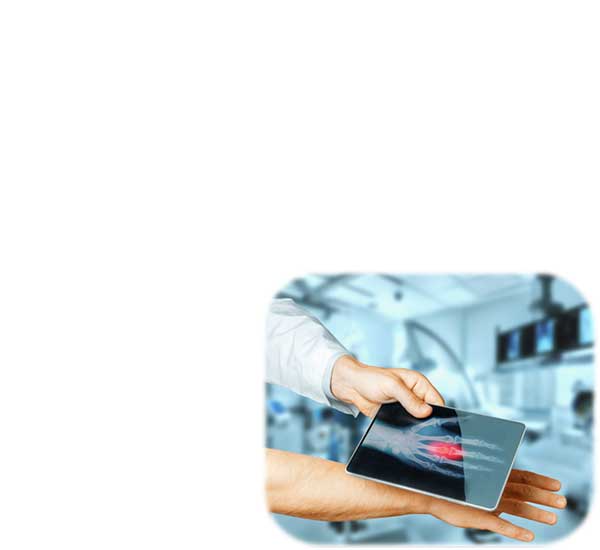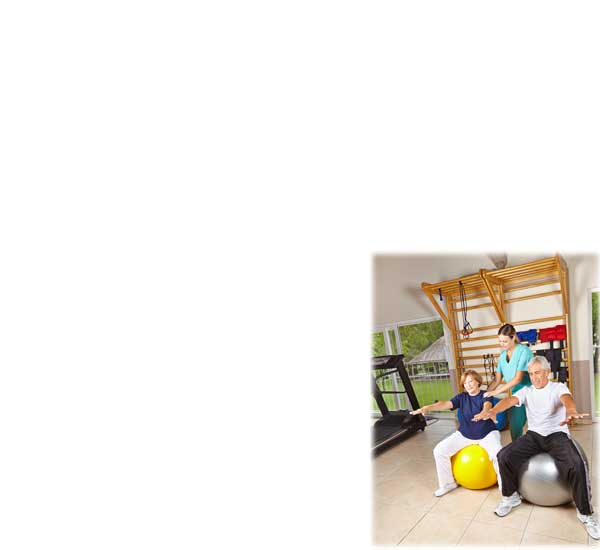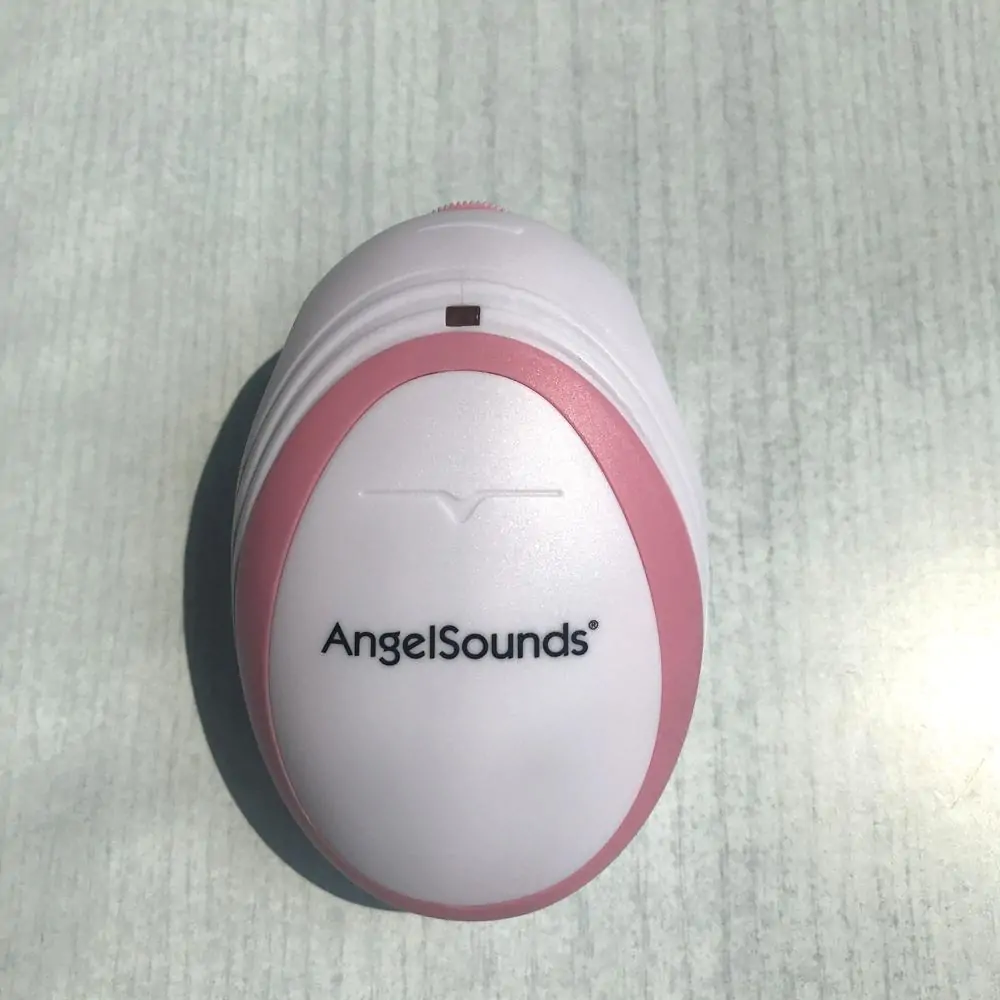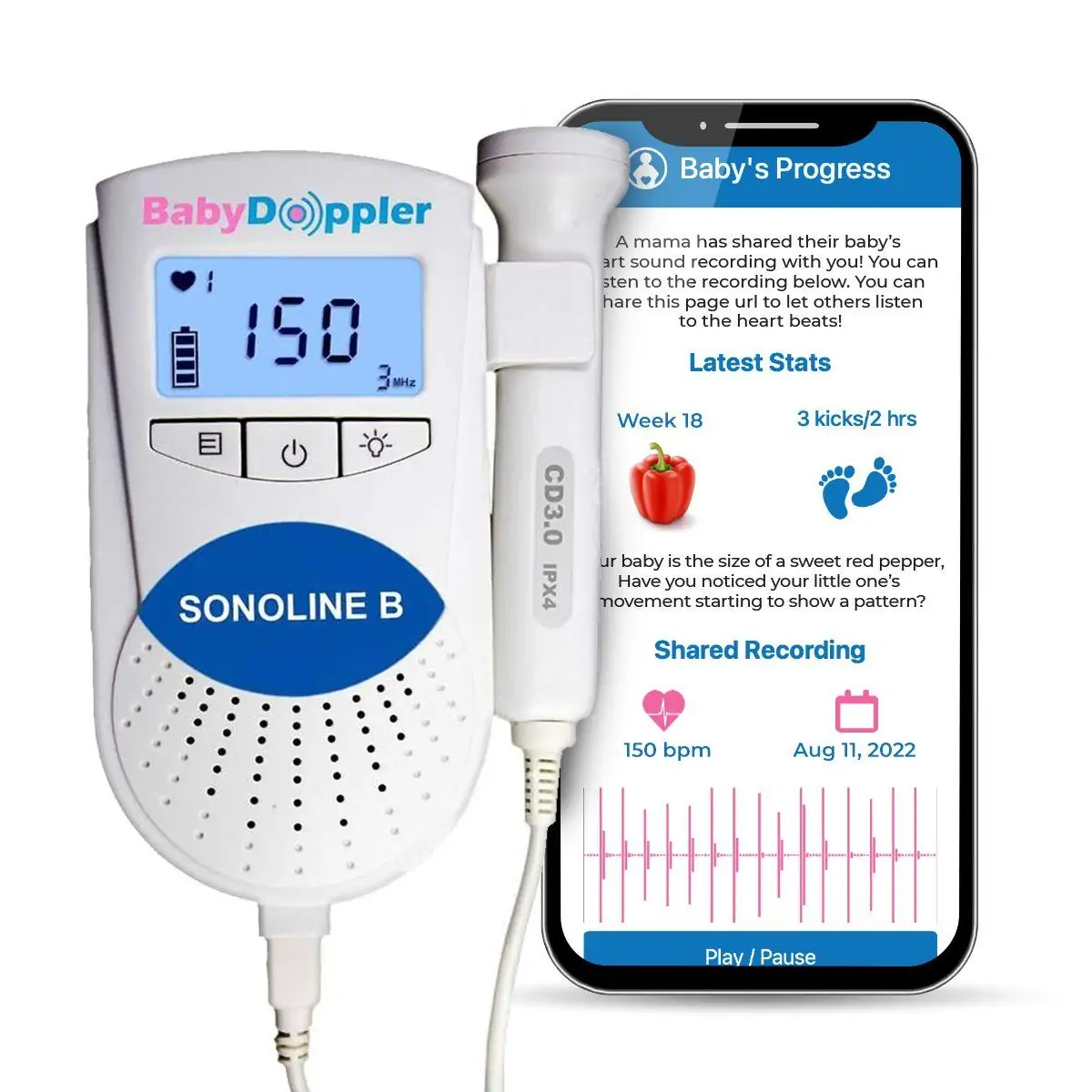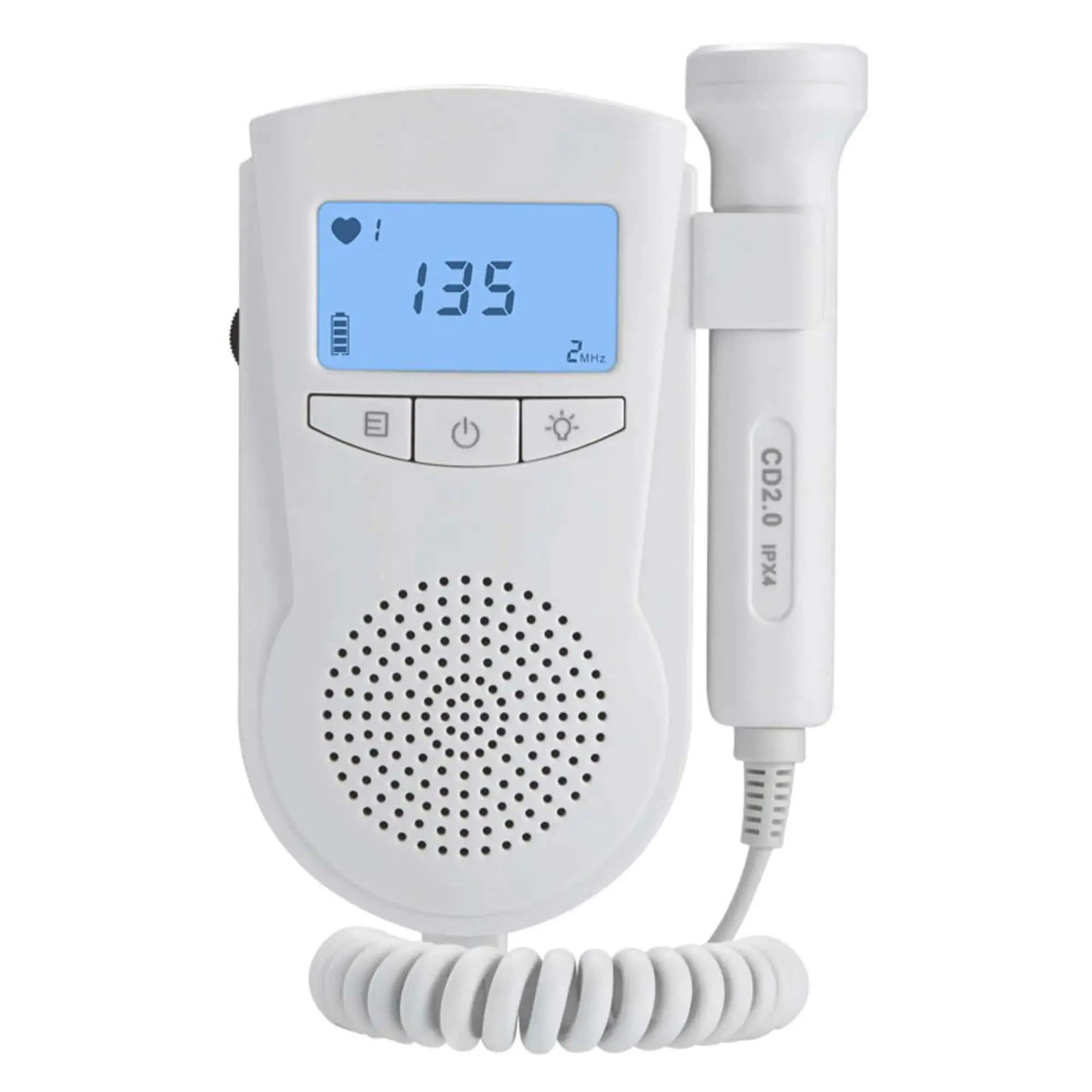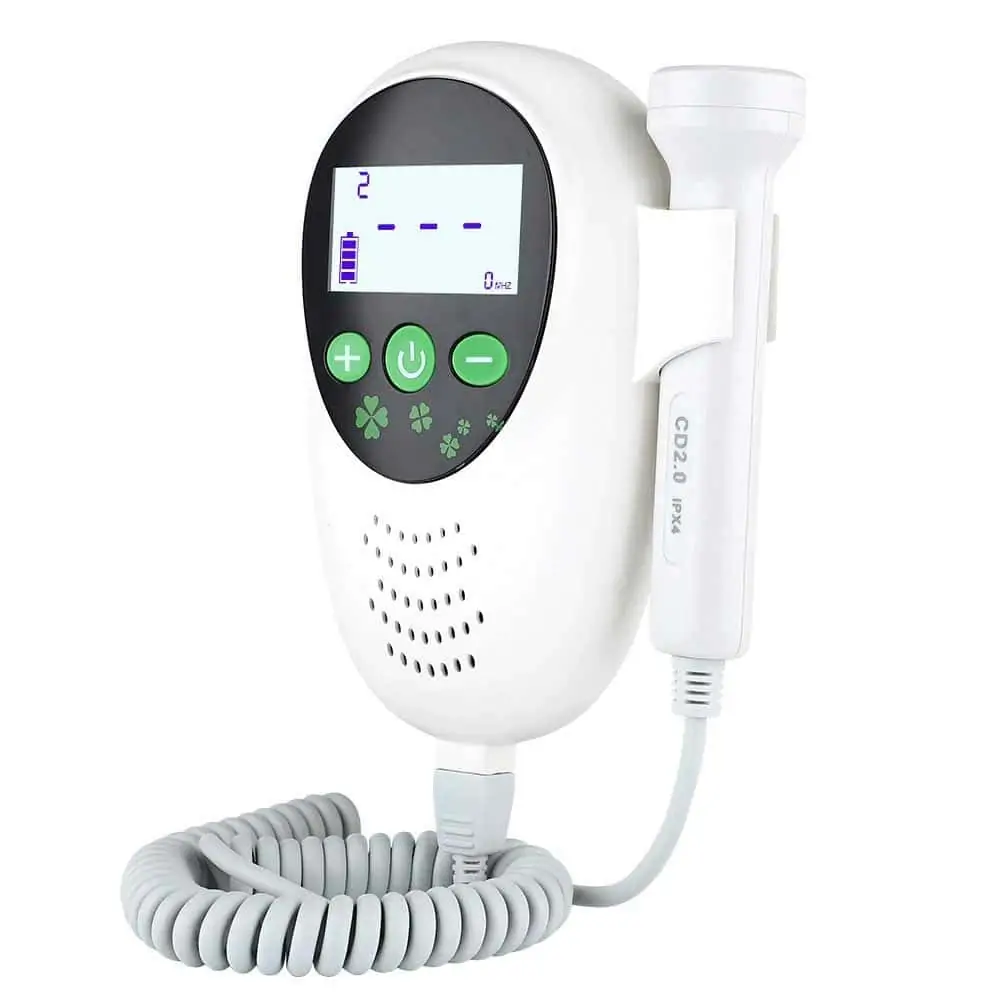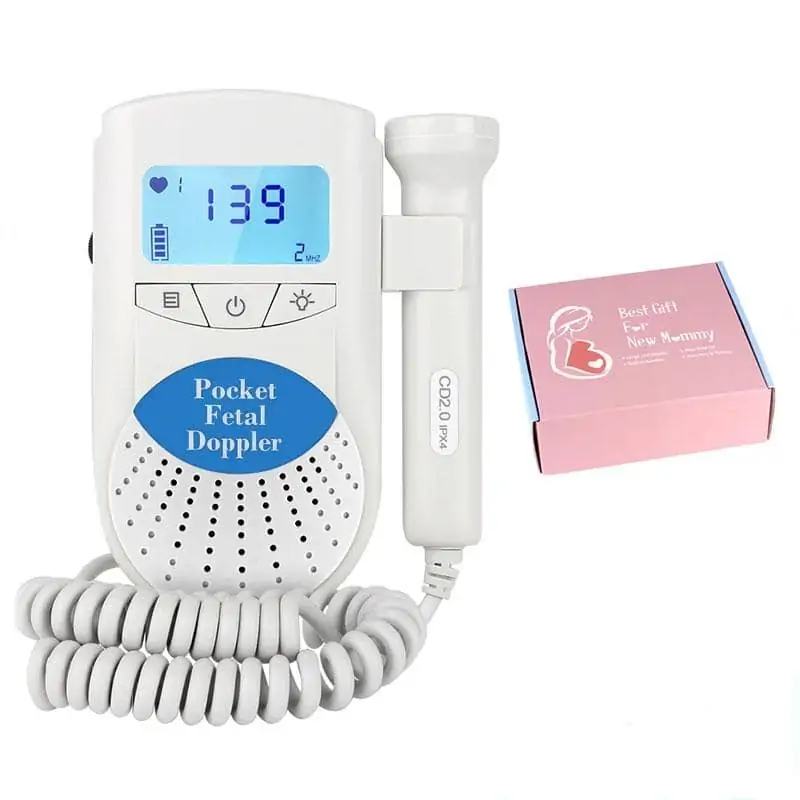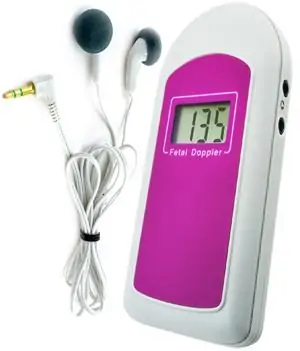Fetal Doppler: A Comprehensive Guide to Monitoring Your Baby’s Heartbeat Leave a comment
Fetal Doppler
Meta Title: Fetal Doppler: Understand Your Baby’s Heartbeat
Meta Description: Discover the ins-and-outs of using a Fetal Doppler, from its benefits to effective use tips. Monitor your baby’s heartbeat effectively with this comprehensive guide.
As parents-to-be, few moments compare to the thrill of hearing your baby’s heartbeat for the first time. Thanks to advancements in technology, monitoring fetal heartbeats has become more accessible and manageable with the use of a Fetal Doppler. This handheld device allows expectant parents to listen to their baby’s heart rate and monitor their well-being right from the comfort of home.
In this article, we will explore the basic aspects of Fetal Dopplers, their benefits, tips for use, and more, helping you better understand this remarkable tool for prenatal monitoring.
What is a Fetal Doppler?
A Fetal Doppler is a handheld device that uses ultrasound technology to detect and amplify the sound of a fetus’s heartbeat during pregnancy. It operates on the same principle as the sonogram but is specifically designed for fetal heartbeat monitoring.
How Does It Work?
Fetal Dopplers emit high-frequency sound waves that bounce off moving objects, such as your baby’s heart. The device then converts these reflected sound waves into audible sounds, allowing you to hear your baby’s heartbeat.
Key Features of Fetal Dopplers
-
- Portability: Compact and easy to carry.
-
- User-Friendly: Simple controls for hearing the heartbeat.
-
- Sound Amplification: Offers clear acoustics.
-
- LED Display: Frequently enough includes a display showing the baby’s heart rate.
Benefits of using a Fetal Doppler
Incorporating a Fetal Doppler into your pregnancy monitoring routine can have several benefits. Here are some key advantages:
1. Early Detection of fetal Heartbeat
-
- Using a Fetal Doppler, parents can frequently enough hear a heartbeat as early as 10 to 12 weeks into the pregnancy, offering peace of mind during the early stages.
2. Convenience and Accessibility
-
- Fetal Dopplers allow parents to monitor their baby’s heartbeat at their convenience, providing flexibility over traditional ultrasound appointments.
3. Bonding Experience
-
- Listening to your baby’s heartbeat can enhance emotional bonding between parents and their unborn child, creating a profound and memorable experience.
4. Monitoring well-being
-
- Regularly checking the fetal heartbeat can help parents monitor their baby’s well-being, ensuring that there are no signs of distress.
Practical Tips for Using a Fetal Doppler
Using a Fetal Doppler can seem daunting at first, but following these simple tips can enhance your experience:
Step-by-Step Guide
-
- Find a Agreeable Space: Use the device in a quiet area and make yourself comfortable.
-
- Use Lubricant: Apply a small amount of ultrasound gel or lotion on the probe to enhance sound transmission.
-
- Positioning the Probe:
– Start below the belly button and tilt the probe slightly.
– Move it around gently until you find the heartbeat.
-
- Listen for Heartbeat: Once detected, listen carefully for the rhythmic pattern. That’s your baby’s heartbeat!
-
- Document the Heart Rate: Take note of the heart rate and patterns, but don’t obsess over minute changes.
Things to Keep in Mind
-
- Time of Day: Often, babies are more active at certain times; early morning or evening may yield better results.
-
- Seek Professional Guidance: If you have difficulty locating the heartbeat, consult your healthcare provider for assistance.
-
- Don’t Use as a Diagnostic Tool: Fetal Dopplers are not a replacement for regular check-ups and should not be solely relied upon for monitoring fetal health.
Case Studies: Real-Life Experiences with Fetal Dopplers
-
- Emily, 28 Weeks Pregnant: “I bought a Fetal Doppler to ease my anxiety about not feeling my baby move regularly. Hearing his heart was the best relief. It helped me bond early, and now I can’t imagine being without it!”
-
- Mark and Sarah: “We used a Fetal Doppler for both our pregnancies. It made our journey more enjoyable and special, allowing us to share the heartbeat with family during our virtual gender reveal!”
Safety Considerations
While fetal Dopplers are generally safe for at-home use, it’s crucial to keep the following safety considerations in mind:
Regular Check-Ups
-
- Always attend regular prenatal check-ups for a comprehensive assessment of your baby’s health. A Fetal Doppler should complement, not replace, professional monitoring.
Follow Guidelines
-
- Stick to the manufacturer guidelines and use the device for limited periods to avoid unneeded stress.
Consult your Doctor
-
- If you have any concerns about your baby’s health or are unsure about using the device, consult your healthcare provider for professional advice.
Conclusion
Monitoring your baby’s heartbeat with a Fetal Doppler can be a profound and valuable experience for expectant parents. From the early weeks of pregnancy to the final stages, this tool offers peace of mind, convenience, and a unique bonding experience. However, it is essential to use it responsibly and maintain regular contact with your healthcare provider to ensure the health and safety of both mother and child.
By incorporating this innovative tool into your prenatal care, you can not only enjoy the enchanting sound of your baby’s heartbeat but also enhance your pregnancy experience. Embrace technology and stay informed as you embark on this astounding journey of parenthood!
HTML Table: Heart Rate Ranges
Here’s a speedy reference table for fetal heart rates by gestational age:
| Gestational Age (weeks) | Normal Fetal Heart Rate (BPM) |
|---|---|
| 10-12 Weeks | 120-160 BPM |
| 13-20 Weeks | 110-165 BPM |
| 21-30 Weeks | 110-180 BPM |
| 31-40 Weeks | 120-160 BPM |
This table provides a guideline for parents monitoring their baby’s heart rate throughout their pregnancy.
—



